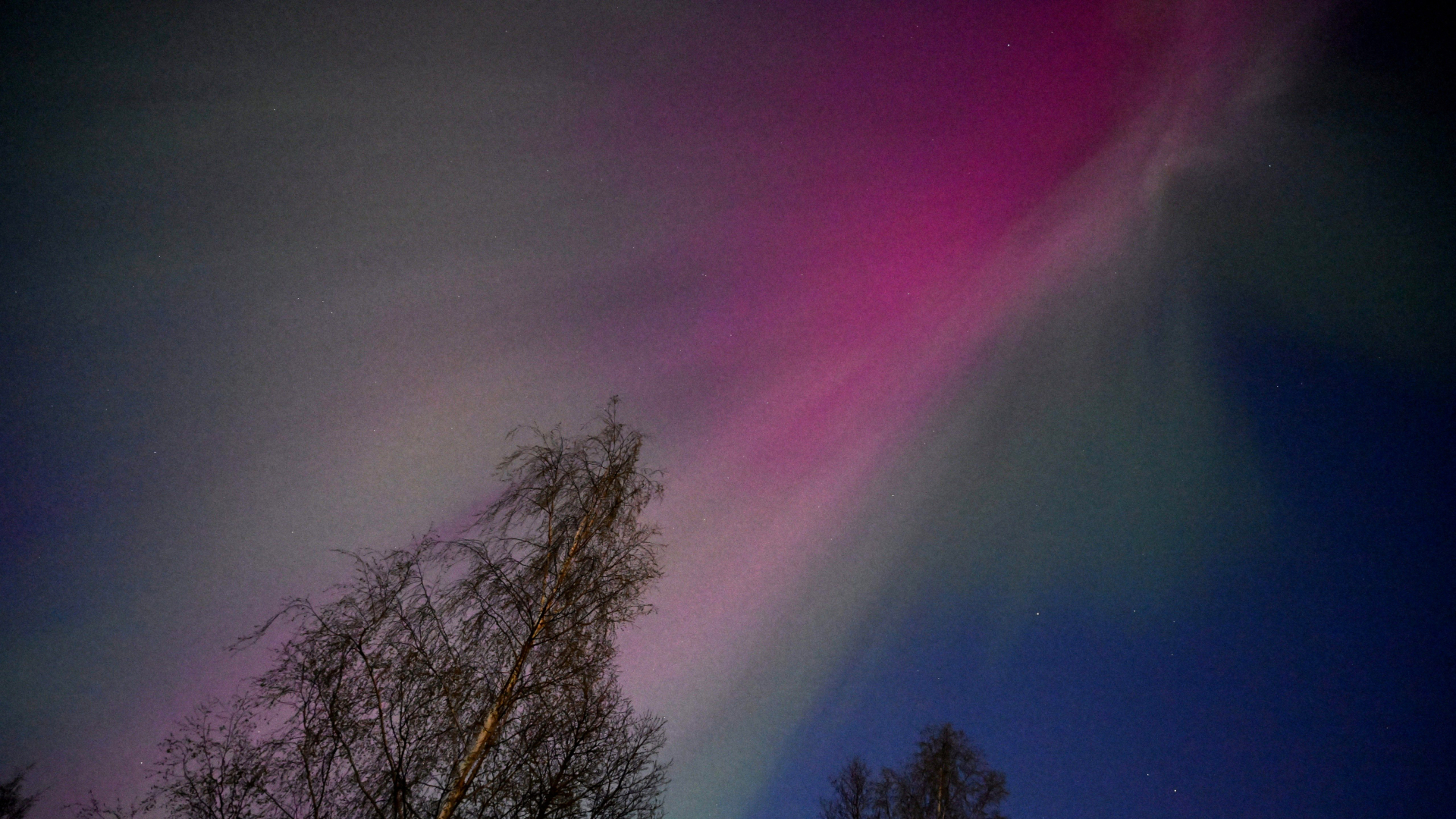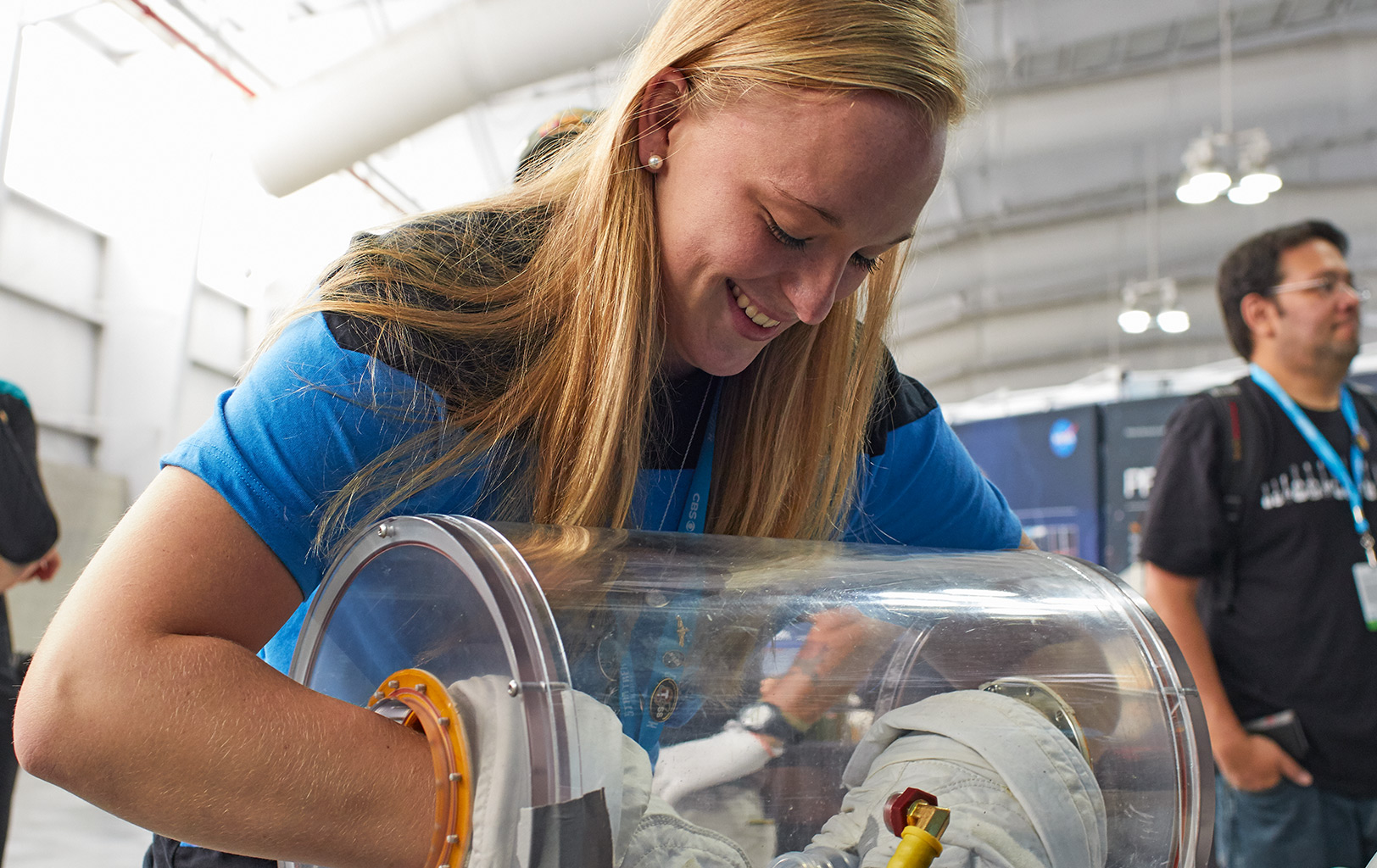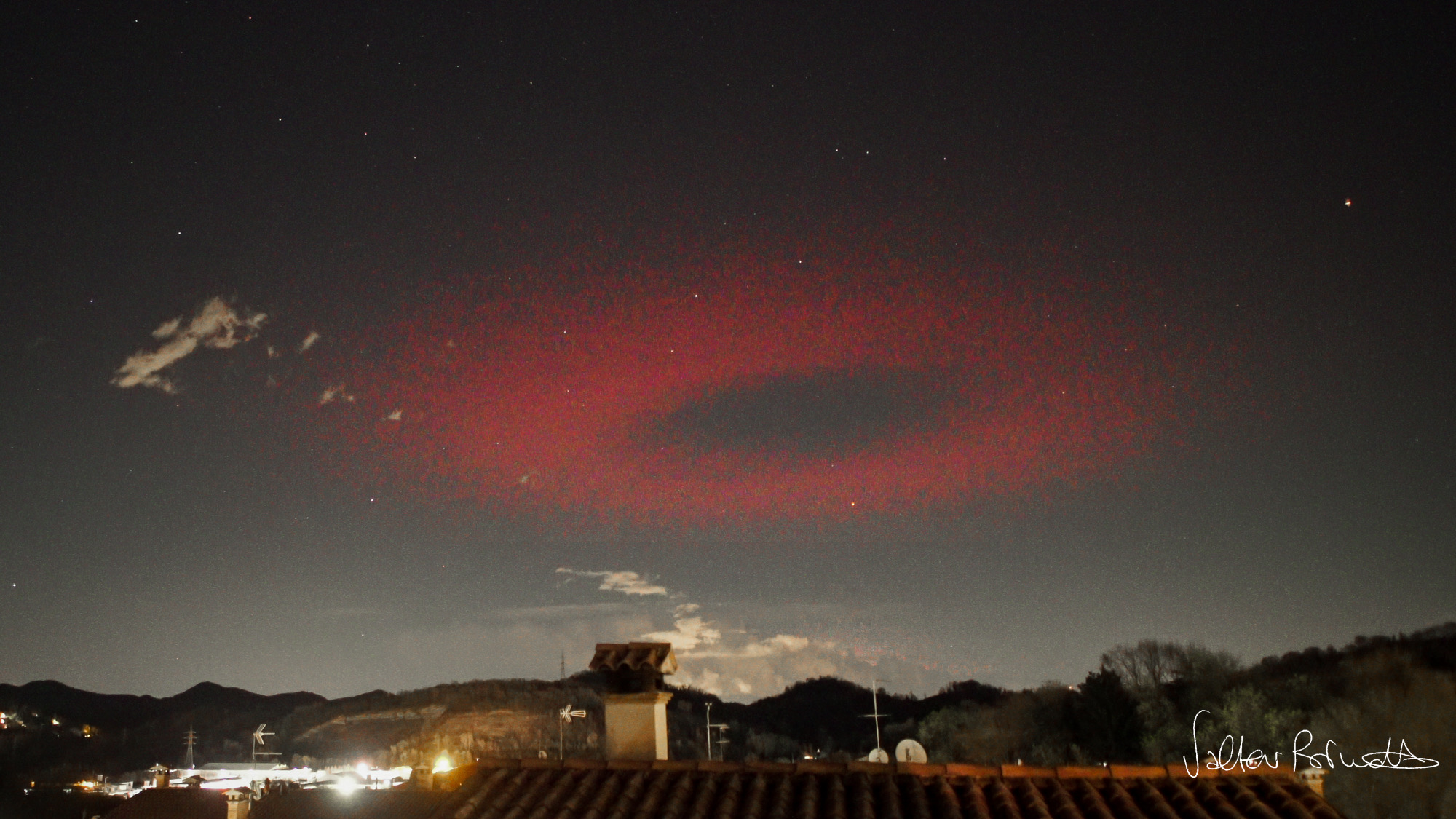Satellite data reveals a huge solar storm in 2024 shrank Earth's protective plasma shield
Though it generated beautiful auroras around the world, the Gannon solar storm in 2024 was also a little dangerous.

When last year's solar superstorm "Gannon" slammed into Earth, it not only painted the sky with beautiful auroras, but also shrunk one of the planet's protective layers to just one-fifth its usual size.
Data from the Japanese Aerospace Exploration Agency's (JAXA) Arase satellite revealed the most dramatic collapse of the plasmasphere — a protective layer of charged particles that encircles our planet — ever recorded after the Gannon solar storm struck Earth on May 10, 2024, according to a statement from Nagoya University.
A geomagnetic superstorm occurs when the sun unleashes an exceptionally powerful burst of energy, known as a coronal mass ejection (CME), toward Earth's magnetic field. These eruptions flood Earth's magnetosphere with huge amounts of solar energy, triggering intense electrical currents in the upper atmosphere and along Earth's magnetic field lines, as well as atmospheric heating and global magnetic disturbances. Such extreme events are rare, happening only once every two to three solar cycles, or about 20–25 years.
Researchers from Nagoya University looked at how the plasmasphere and ionosphere react during such extreme space weather events. The plasmasphere itself is a doughnut-shaped reservoir of cold, electrically charged particles that co-rotates with Earth's magnetic field, while the ionosphere acts as the source of charged particles that refill the plasmasphere.
Although invisible, the plasmasphere acts as a buffer against high-energy particles and helps regulate how disturbances from the sun ripple through near-Earth space, playing a crucial role in protecting satellites, radio signals and navigation systems. Normally, the region's outer boundary — the plasmapause — sits around 27,340 miles (44,000 kilometers) above Earth. During the May 2024 storm, it plunged to about 5,965 miles (9,600 kilometers) in just nine hours, an astonishing contraction for a structure that typically changes slowly, according to the statement.
The Gannon storm, one of the strongest geomagnetic events in over 20 years, delivered a rapid series of blows as multiple solar eruptions launched waves of plasma toward Earth. During the storm's peak, extreme solar activity compressed Earth's magnetic field, allowing charged particles to travel much farther along magnetic field lines toward the equator and producing rare mid-latitude auroras in regions like Japan, Mexico and southern Europe.
As the storm intensified, the compressed magnetic field also dragged the plasmasphere inward with it. Not only did the region shrink rapidly, but it also remained depleted for more than four days — the longest recovery observed by the Arase mission, which launched in 2017 and orbits through Earth's plasmasphere.
Breaking space news, the latest updates on rocket launches, skywatching events and more!
"We found that the storm first caused intense heating near the poles, but later this led to a big drop in charged particles across the ionosphere, which slowed recovery," Atsuki Shinbori, lead author of the study from Nagoya University, said in the statement. "This prolonged disruption can affect GPS accuracy, interfere with satellite operations and complicate space weather forecasting."
Part of the prolonged collapse came from a "negative storm" that effectively cut off the pipeline of fresh particles that normally replenish the plasmasphere. With its supply line throttled, the plasmasphere struggled to rebuild, highlighting how tightly linked Earth's atmospheric layers become during extreme space-weather events.
"This link between negative storms and delayed recovery had never been clearly observed before," Shinbori said in the statement.
As solar activity ramps up, understanding how quickly this protective region can erode — and how slowly it may recover — is becoming increasingly important for forecasting and safeguarding communications systems, navigation networks and other critical infrastructure on Earth.
Their findings were published Nov. 20 in the journal Earth, Planets and Space.
Follow Samantha Mathewson @Sam_Ashley13. Follow us on Twitter @Spacedotcom and on Facebook.

Samantha Mathewson joined Space.com as an intern in the summer of 2016. She received a B.A. in Journalism and Environmental Science at the University of New Haven, in Connecticut. Previously, her work has been published in Nature World News. When not writing or reading about science, Samantha enjoys traveling to new places and taking photos! You can follow her on Twitter @Sam_Ashley13.
You must confirm your public display name before commenting
Please logout and then login again, you will then be prompted to enter your display name.
